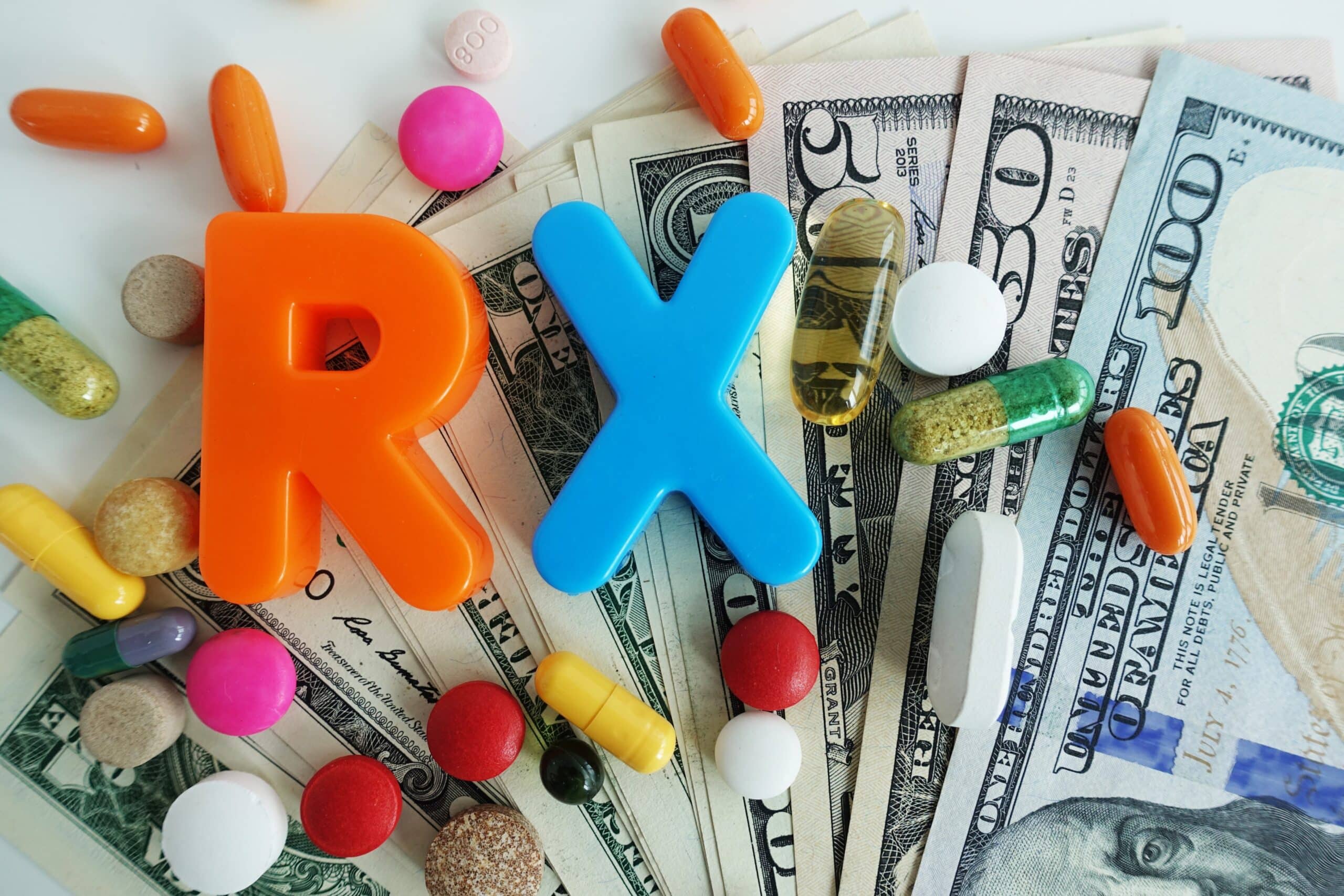“The pharmaceutical industry has tried to instill fear in the American public that federal legislative proposals to reduce drug spending would threaten access to innovative life-saving drugs,” said Timothy A. Lash, president of the West Health Policy Center. “West Health and John Hopkins’ findings clearly refute that claim. Large drugmakers are so profitable they could maintain their current investment in R&D – and their standing as the most profitable industry – even if they lose significant revenue.”
Their research builds on previous conducted by the Government Accountability Office and the Congressional Budget Office which found the pharmaceutical industry to have the highest profit margin and returns of any industry group. This new report specifically looked at a listing of 23 large drug manufacturers that were defined as mostly marketing brand name drugs, were members of the PhRMA trade association, were publicly traded, and do not solely focus on orphan drugs.
Using Return on Invested Capital measures which consider a company’s net operating profit after taxes to its total invested capital, their returns were compared among the large manufacturers with other industries: From 2011-2019 large drug companies were found to be the most profitable industry with a combines ROIC of 17.3%, followed by the Professional, Scientific, and Technical Services Industry and the Accommodation and Food Services Industry each with an ROIC of 15.3%; the average ROIC across industries was 11.5% excluding Big Pharma.
When compared to the next most profitable industries the 23 drug companies, which represent 72% of branded sales, could lose $758 billion in sales revenue and still be more profitable than any other industry; after adjusting the analysis to apply to all brand name drug manufacturers could collectively lose $1.05 trillion in sales revenue and still be the most profitable industry.
“Given these findings, it’s likely large drug manufacturers could weather the reductions in drug spending scored under recent legislative proposals,” said Sean Dickson, director of health policy at West Health Policy Center and lead author for the analysis. “Even with lower revenues, these companies would still be very attractive investment options compared to other industries.”
Using the beta financial indicator to examine the levels of investor risk among large drug manufacturers which measures volatility of company performance to the stock market, as a whole large drug companies were found to be 75% less risky than any of the other industries, with a sales weighted average beta of .61.
“The large drug companies in our analysis were not a particularly risky investment, while smaller drug companies expectedly were, with a beta of .93,” said Jeromie Ballreich, director of the Masters in Health Economics and Outcomes Research program at Johns Hopkins Bloomberg School of Public Health and co-author of the analysis. “These findings refute a common critique that big drug companies need large profits given the high risk involved in developing prescription drugs.”




